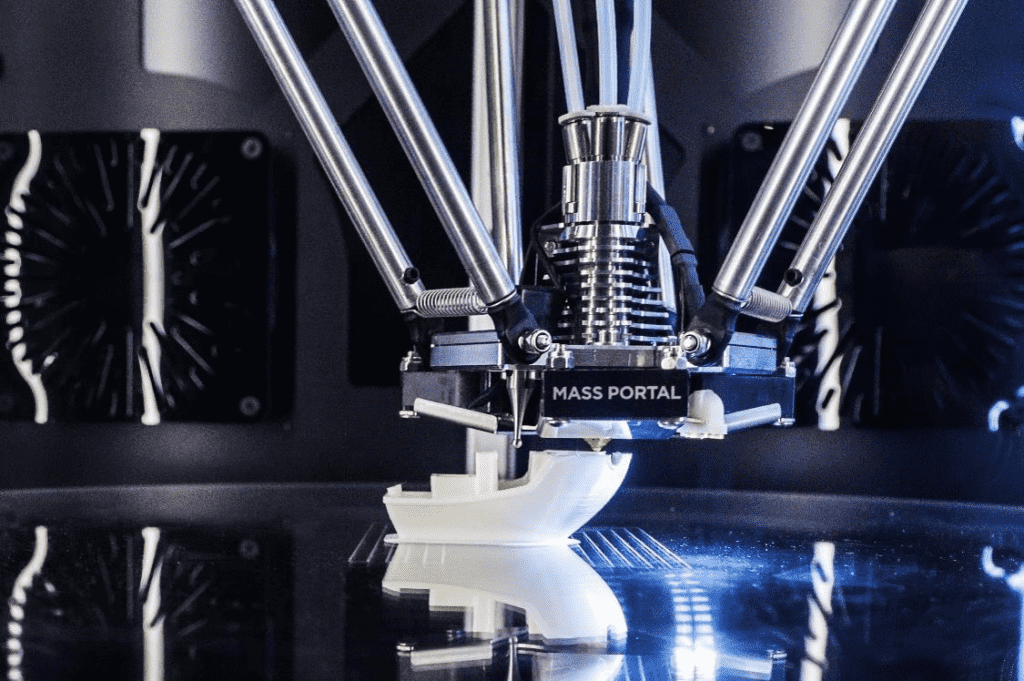To optimize the concept of 3D printing technology, engineers at Rutgers University have come up with a contemporary yet innovative technology that can efficiently print complex parts with a single gantry. Not only this, the method is extremely economical as, according to the research published in the journal “Additive Manufacturing,” “it comes at a tenth of the price of existing approaches.” This incredibly seamless technique, named “Multiplexed Fused Filament Fabrication (MF3)”, has incorporated the moveable part of the printer to revolutionize the concept.

According to Jeremy Cleeman, who is a study lead author and graduate student researcher at Rutgers School of Engineering, “We have more tests to run to understand the strength and geometric potential of the parts we can make, but as long as those elements are there, we believe this could be a game changer for the industry.” Through this technique, the printing resolution has also been considerably enhanced by the researchers.
To put the concept into perspective, researchers have utilized several small nozzles as an alternative to the single large nozzle that has been used in the existing procedures. Through these small nozzles, the molten material would easily be deployed, even if one of them malfunctioned. In this way, the printing time has been reduced by a significant amount. Moreover, the researchers have incorporated programming parameters into this design that will make the nozzles move in a specific pattern.

Hence, considering the novelty of the innovation, researchers have also filed an application in the U.S. to award them a patent for their technology. One of the benefits of using smaller nozzles is a higher degree of precision as compared to the larger nozzles, which contribute to increased expenditure for printing. Along with this, this MF3 mechanism will use special software known as “slicer” which will induce the on and off timing for the smaller nozzles. The software is based on a “toolpath strategy” that can “concurrently print multiple, geometrically distinct, non-contiguous parts of varying sizes using a single printer.”

Hence, as previously mentioned, the most fascinating thing about MF3 technology is the deployment of several small nozzles which can automatically take off their task when any of the nozzles stops functioning. This feature makes it a good candidate against the conventional technology that incorporates only a large nozzle and stops printing when the nozzle breaks down or malfunctions. However, there are no details published as of yet about the commercialization of this technology, but this will only be possible when the manufacturers get their patents.


